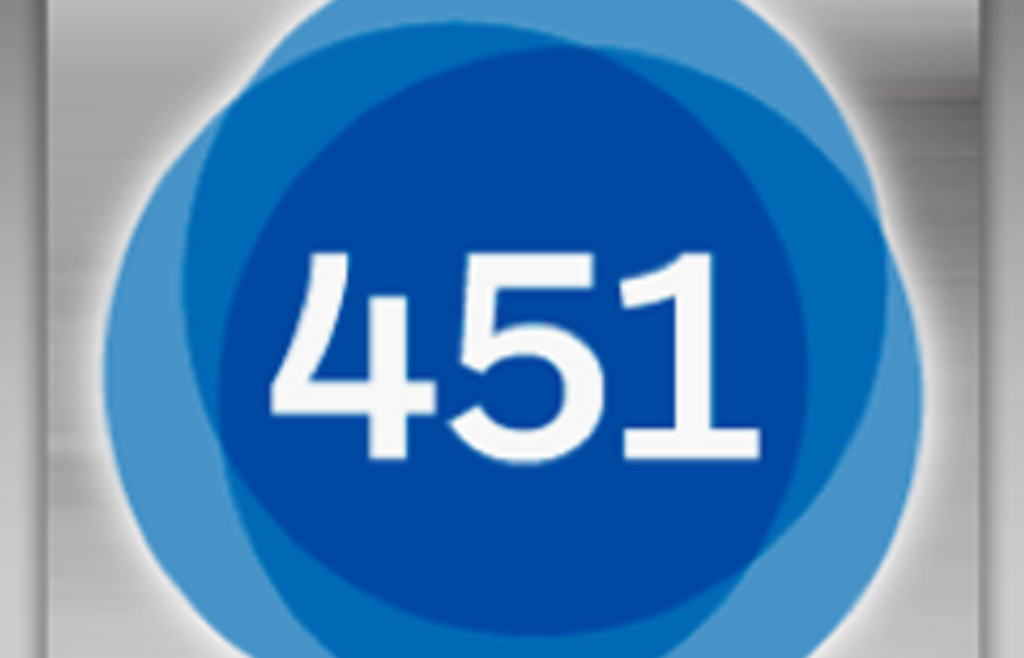Spring has Sprung! Don’t Plant – Build – a (Decision) Tree: eDiscovery Best Practices

Having recently needed to walk a client through a decision process to determine how to proceed to index and search a huge volume of data, it seems timely to revisit this topic.
When a new case is filed, there are several important decisions that the lead attorney has to make. Those decisions that are made early in the life cycle of a case can significantly affect how discovery is managed and how costly the discovery process can be for that case. Decision trees enable attorneys to work through the decision process up front to help them make sound, logical decisions which can lead to more efficient management of the discovery process.
What is a Decision Tree?
A decision tree is a decision support tool that uses a tree-like graph or model of decisions and their possible consequences. It is essentially a flowchart in which each internal node represents a test on an attribute, each branch represents outcome of that test and each leaf node represents the decision taken after computing all attributes.
If you have ever prepared an analysis at the outset of a case to estimate the probability of winning the case and determining whether to litigate or attempt to settle, you may have already prepared some sort of decision tree to make those decisions. You probably looked at the probability of winning, probabilities of different award amounts, extrapolated the costs for litigating against the potential award amounts and used that to decide how to proceed. The graphic above provides an example of what a decision tree, drawn as a flowchart, might look like to represent that process.
Uses of Decision Trees in Discovery
Decision trees identify the available alternatives to tackle a particular business problem and can help identify the conditions conducive to each alternative. Issues in discovery for which a decision tree might be warranted could include:
- Decide whether to outsource litigation support and discovery activities or keep them in-house;
- Select an appropriate discovery solution to meet your organization’s needs within its budget;
- Decide when to implement a litigation hold and determine how to comply with your organization’s ongoing duty to preserve data;
- Determine how to manage collection procedures in discovery that identify the appropriate custodians for each type of case;
- Decide whether to perform responsiveness and privilege review of native files or convert to an image format such as TIFF or PDF to support those review processes;
- Determine whether to agree to produce native files or converted TIFF or PDF images to opposing counsel.
While they promote efficiency during the discovery process by promoting up front planning and walking through the logic of the decision making process, decision trees also reduce mistakes in the process by making the process more predictable and repeatable, promoting consistency in handling cases. Once you have the decision process documented via a decision tree (and underlying assumptions don’t change), the plan of action will remain consistent. If assumptions do change over time, your decision tree can evolve just like a real tree – adding or removing “branches” as needed to reflect the current decision making process.
So, what do you think? Does your organization use decision trees in your discovery process? Please share any comments you might have or if you’d like to know more about a particular topic.
Graphic source: Wikipedia.
Disclaimer: The views represented herein are exclusively the views of the author, and do not necessarily represent the views held by CloudNine. eDiscovery Daily is made available by CloudNine solely for educational purposes to provide general information about general eDiscovery principles and not to provide specific legal advice applicable to any particular circumstance. eDiscovery Daily should not be used as a substitute for competent legal advice from a lawyer you have retained and who has agreed to represent you.








